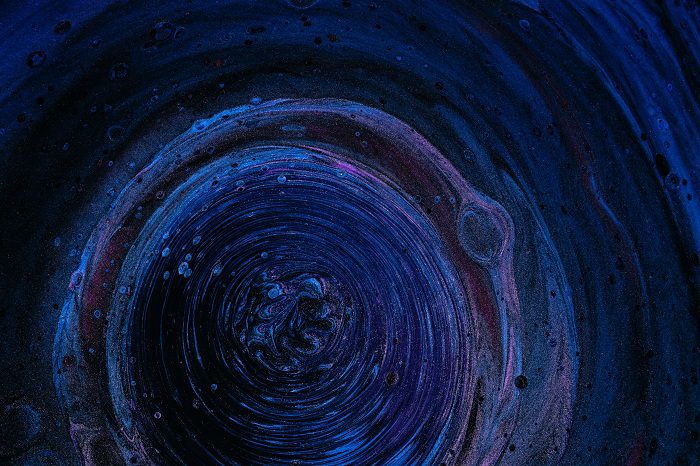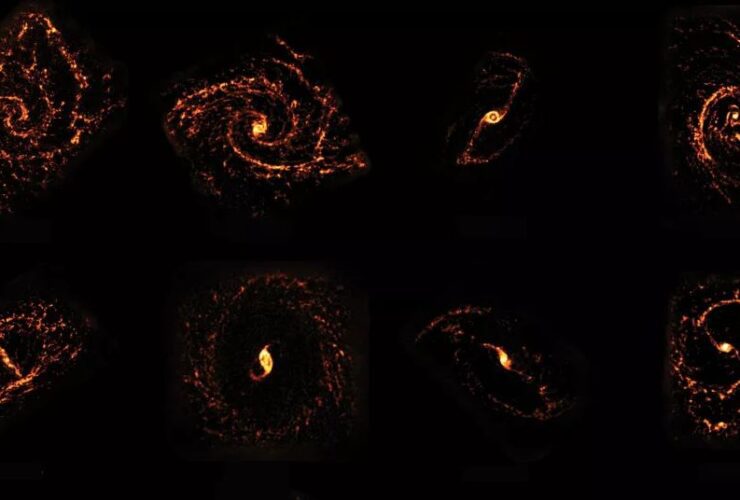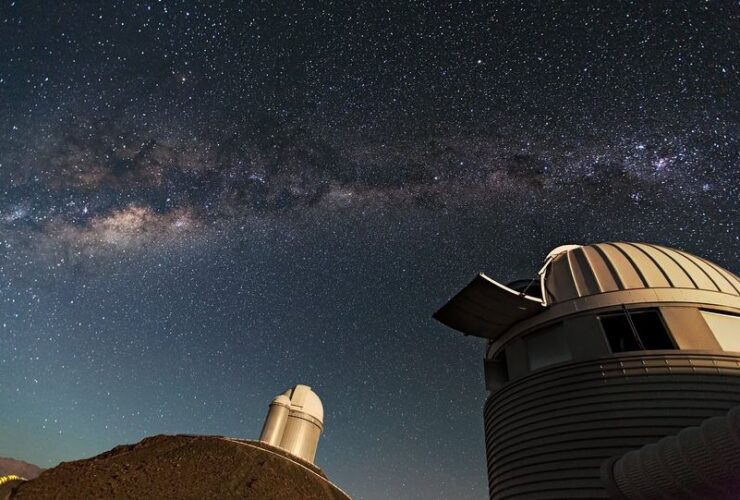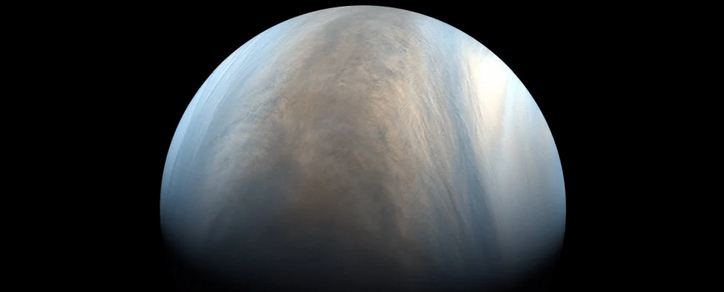The Atacama Large Millimeter/submillimeter Array (ALMA) proves itself useful once again, as astronomers have been using it to detect a mysterious structure in the form of faint radio emission. The structure was found in the host galaxy of the quasar ...
Black holes are scary enough not to look further into the depths of the Universe. These savages beasts rest at the galaxies’ centers, weighing millions of times the mass of the Sun. They’re also the most mysterious objects that continue ...
Intriguing, recent discovery unveils over 100,000 stellar nurseries in all their glory! Astronomers at the PHANGS have charted the newly found nurseries across 90 galaxies, and each one is far more unique than first believed. Stars need tens of millions ...
ALMA (the Atacama Large Millimeter/submillimeter Array) offers new data about the most ancient galaxy of its kind ever observed. By the looks of it, things look a bit complicated. Researchers, however, think otherwise. This discovery is essential to solving long-standing ...
New insights on how high-mass stars are formed came from a bold Dutch-led team of astronomers. Their work is astonishing, and they succeeded in finding that one of the biggest stars in the Universe are actually created differently from the ...
Venus has created quite the buzz recently, due to one chemical element that keeps puzzling scientists’ work. Phosphine was detected on Venus back in 2017, but it wasn’t announced until last year. Many papers are trying to debunk or support ...














